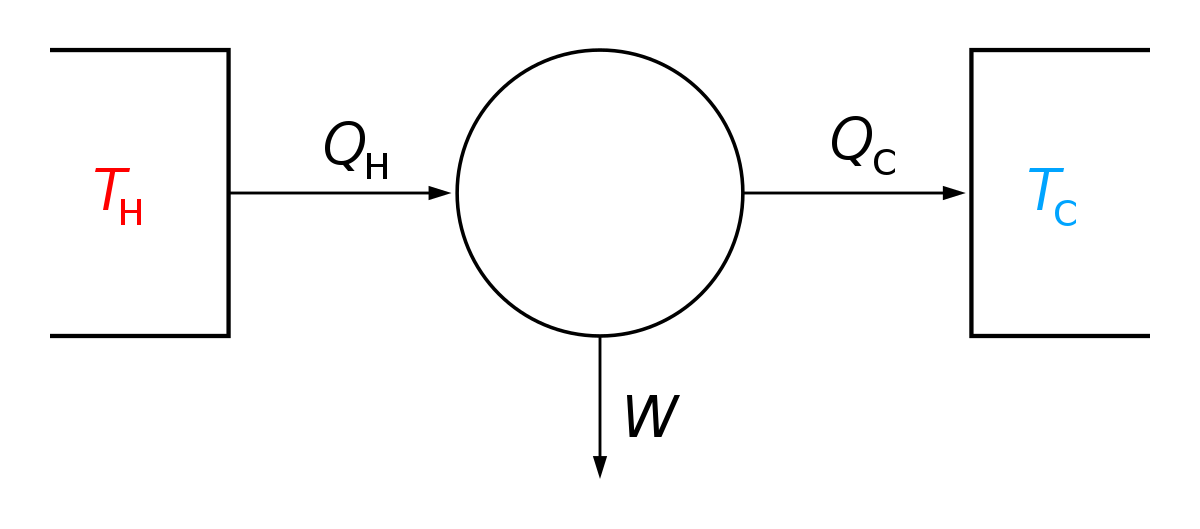In most time series analysis, past performance is used to predict the future.
Statistics is based on the idea of "stationary" generators (Markov processes being an example).
In probability theory, the Chapman-Kolmogorov equation describes two types of behaviors, one is smoothe an continuous like Brownian motion, the other is discontinuous and is called a "jump" process for that reason.
The economist Robert Merton proposed hybrid behavior for a stock ticker, where prices show large jumps but are approximately continuous in between.
But there is an entirely different way of looking at time series. Instead of using past behavior to predict the future, we use actual outcomes (models of future behavior) to interpret the recent past. This is equivalent under translation, to "selecting from possible futures", which is something quite different from determining historical mean and variance.
When we ask the system to generate possible outcomes we are looking for orthogonal results. Instead of predicting the most likely outcome we are looking for a set of distinctly different outcomes, where the differences are orthogonal. In essence we are asking what are the "factor" that are relevant for future outcomes.
We can thus create a "space" of possible outcomes, where each factor is like a dimension. This way, predicting the most likely outcome is like placing a point in the space, whereas assessing the range of outcomes is like drawing the coordinate axes.
In the brain there are two sources of information about sensory events, one is from the receptors and the other is from motor activity (usually modeled as efference copy). At some point the motor output becomes irreversible, it can no longer be stopped. At this point we can predict the future with near 100% accuracy, if everything else remains stable.
The salient feature of the irreversibility is it occurs "before" now. It actually occurs in the future, so to speak.
The only way to model this is with a system that continually generates the future, "in real time". It has to do the same thing as a room full of analysts at Goldman Sachs.
Is it acheivable with AI? Absolutely. Certainly. It can be done with the $50 AI hat from Raspberry Pi.
The interesting and important piece is the relationship between awareness and irreversibility. This is an entirely new concept, and we'll have to see how it plays out in the next few years.

 en.wikipedia.org
en.wikipedia.org
Statistics is based on the idea of "stationary" generators (Markov processes being an example).
In probability theory, the Chapman-Kolmogorov equation describes two types of behaviors, one is smoothe an continuous like Brownian motion, the other is discontinuous and is called a "jump" process for that reason.
The economist Robert Merton proposed hybrid behavior for a stock ticker, where prices show large jumps but are approximately continuous in between.
But there is an entirely different way of looking at time series. Instead of using past behavior to predict the future, we use actual outcomes (models of future behavior) to interpret the recent past. This is equivalent under translation, to "selecting from possible futures", which is something quite different from determining historical mean and variance.
When we ask the system to generate possible outcomes we are looking for orthogonal results. Instead of predicting the most likely outcome we are looking for a set of distinctly different outcomes, where the differences are orthogonal. In essence we are asking what are the "factor" that are relevant for future outcomes.
We can thus create a "space" of possible outcomes, where each factor is like a dimension. This way, predicting the most likely outcome is like placing a point in the space, whereas assessing the range of outcomes is like drawing the coordinate axes.
In the brain there are two sources of information about sensory events, one is from the receptors and the other is from motor activity (usually modeled as efference copy). At some point the motor output becomes irreversible, it can no longer be stopped. At this point we can predict the future with near 100% accuracy, if everything else remains stable.
The salient feature of the irreversibility is it occurs "before" now. It actually occurs in the future, so to speak.
The only way to model this is with a system that continually generates the future, "in real time". It has to do the same thing as a room full of analysts at Goldman Sachs.
Is it acheivable with AI? Absolutely. Certainly. It can be done with the $50 AI hat from Raspberry Pi.
The interesting and important piece is the relationship between awareness and irreversibility. This is an entirely new concept, and we'll have to see how it plays out in the next few years.
